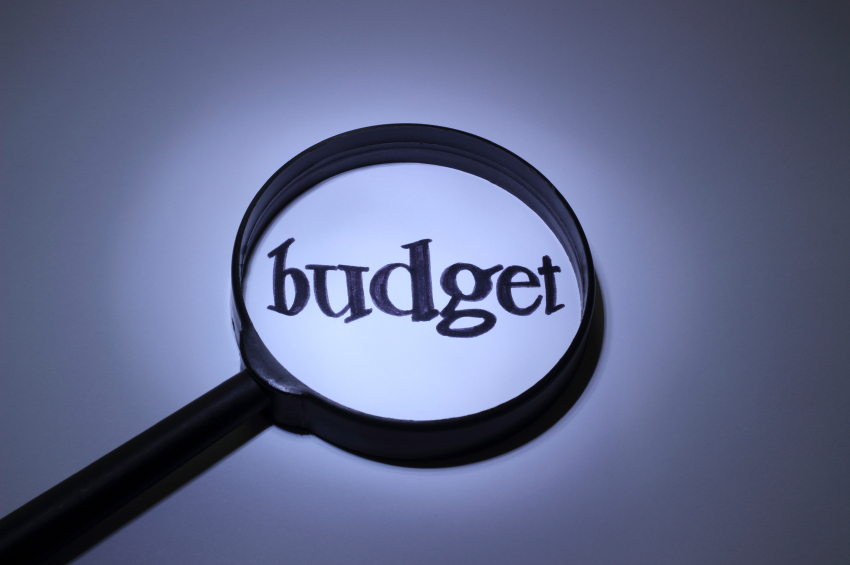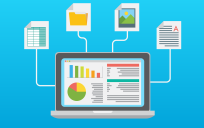![]()
Written in collaboration with Bob Sabo,Executive Director, Enterprise Performance Management Program at Oracle Public Sector
Let’s start with a quick quiz. What is the most widely used tool in public sector budgeting? If you guessed spreadsheets you are correct. Even if many advances have been made by the industry in bringing to market innovative planning and budgeting solutions, there are still many large and small governments using out of date, in-house developed systems. But spreadsheets still rule.
So What’s Wrong with Spreadsheets?
Quite a bit actually! Unless you are a very small organization, the spreadsheet model quickly becomes cumbersome and inefficient. First, there is not just one, but many spreadsheets that have to be consolidated, reviewed, passed around for approval, changed and updated. Macros are great but they have to be maintained and kept in sync across multiple spreadsheets. And there is a lot more to budgeting than columns and rows. There is always a defined process when developing government budgets. And that involves multiple versions, starting baselines, rolling up budgets from departments to agency to the entire jurisdiction. You have to control, compare, forecast, record comments and finally publish a budget book. This involves much more that what is done just inside a spreadsheet.
Beyond Spreadsheets
If you accept the premise that there has to be a better way, then read on. Modern budgeting and planning applications can offer efficiency but also insight. Legally, you have to produce a line item budget that is presented by the executive and approved by the legislature. But how do you create and analyze that information during the development process?
Modern systems are easier to use because they are configurable to adapt to your requirements. They also include task lists, security, workflow, version comparison; great reporting and links back to source systems to get HR and financial data. Wouldn’t it be nice if you could produce your entire budget book from one system? These systems have been designed to bring together all the items that you need to create your budget such as:
- Personnel costs – Integration with your HR/Payroll application directly into your budgeting application will provide details needed to accurately forecast existing costs. For example, how many people are getting step increases during the year and when?
- Project and Capital Budgets – they are often done in a separate system and rolled up in summary to the main spreadsheet. They are also often longer than the current fiscal year. Capital costs, operating costs, financing costs and estimated revenue must all be considered when reviewing them. It is imperative to have this information in the same model as everything else so information can be easily linked and analyzed.
Moving Beyond Budgeting and Start Planning
After 20+ years in public administration, we are finally seeing jurisdictions actually using performance information and strategic goals during the budgeting process. Modern systems can link this information using metrics and across departments to present a better picture based on outcomes. The mechanical and legal aspects of producing a budget book are one part. Continuous analysis and forecasting for revenue, expense and capital spending adds great value. All jurisdictions do that but the key is to do it in a single system with the same “version of the truth” and a link into actual data. A modern system will use the adopted budget and consistently update a planning model with actual information during the year. Modern applications will provide mathematical capabilities to forecast information and spot patterns and trends. This information can then be used by managers and legislators to address short-term issues and spot long-term trends.
The Benefits of the Cloud
Budgeting and planning applications sit somewhat outside the core ERP and HR systems. This means they can be implemented in the Cloud without a wholesale switch to Cloud applications for ERP. We are seeing government organizations starting gradually to adopt cloud applications using a hybrid cloud/on-premise strategy. Cloud Budgeting and Planning applications are perfect for this approach. They are proving to be faster (and less costly) to implement than traditional on-premise applications. We are seeing cost and time 30% to 50% lower with on-premise implementations. Furthermore, upgrades and new features are provided very frequently so you can keep current without longer waits to upgrade current systems. Perhaps the biggest advantage is that the cloud vendor performs many of the tasks and absorbs costs that were previously done by the customer. Hardware, network, database administration and upgrades are part of your subscription price. This leads to a lower Total Cost of Ownership (TCO) and higher Return on Investment (ROI). A study published by Nucleus Research shows that the cloud ROI multiplier – the relative return on investment (ROI) delivered by cloud applications versus on-premise ones – is on the rise. In a recent analysis of Nucleus ROI case studies published in the past few years, Nucleus found that cloud application projects deliver 2.1 times the ROI of on-premise ones – up 24 percent since 2012
You are closer to a modern budgeting system than you might think. So start your research, survey the market and discover the benefits a modern budgeting and planning application for your government.
Franco Amalfi is part of the GovLoop Featured Blogger program, where we feature blog posts by government voices from all across the country (and world!). To see more Featured Blogger posts, click here.





Leave a Reply
You must be logged in to post a comment.